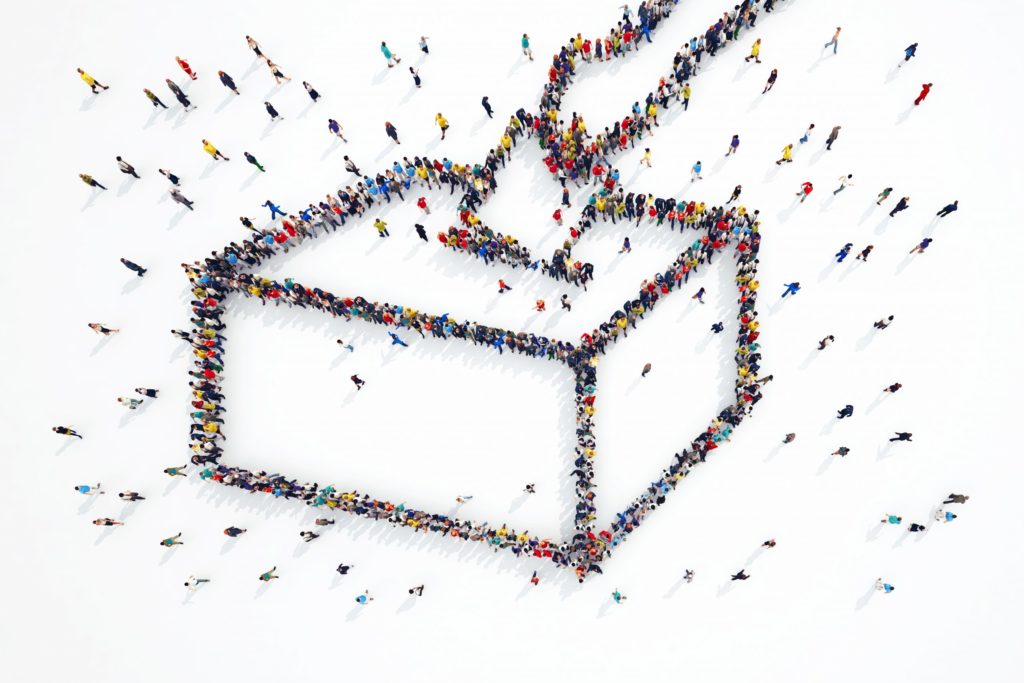Logistics, Logistics, Logistics: Modernizing The Alcohol Supply Chain
- Share via Email: Logistics,%20Logistics,%20Logistics:%20Modernizing%20The%20Alcohol%20Supply%20Chain
- Share via Facebook: Logistics,%20Logistics,%20Logistics:%20Modernizing%20The%20Alcohol%20Supply%20Chain
- Share via Twitter: Logistics,%20Logistics,%20Logistics:%20Modernizing%20The%20Alcohol%20Supply%20Chain
Author
Key Points
Most industries continue to modernize and experiment with new logistical strategies to ensure that products make it to the hands of consumers in the most efficient way possible.
The alcohol industry’s three-tier system and other rules prevent the sector from employing many cutting-edge logistical reforms like centralized warehousing or transshipping products from one retail outlet to another.
Policymakers need to prioritize updating these laws so that the alcohol industry can harness the power of logistics and avoid unnecessary supply chain disruptions in the “new normal” of COVID-19.
Press Release
Why your favorite beer is out of stock and how to fix it
Media Contact
For general and media inquiries and to book our experts, please contact: pr@rstreet.org
INTRODUCTION
Logistics has become one of the go-to buzz words of our 21st century economy. Large shipping firms run ads touting their love for efficient logistics, and retailers the world over obsess about creating the most durable and responsive supply chains possible to ensure instantaneous availability of products.
The emphasis on logistics is not misplaced. Logistics can be roughly defined as the process by which firms ensure that “the right type of product or service” is in “the right place, at the right time.” In other words, it involves the efficient and secure movement of products from one location to another in a commercial supply chain.
An efficient logistics operation can create immense monetary savings for firms, and ultimately for consumers as well. A quick glance at the numbers shows what is at stake. In 2018, businesses incurred $1.64 trillion in transportation and logistics costs, which represents over 8% of U.S. Gross Domestic Product.
In order to create more efficient logistical networks, many retailing firms are increasingly focused on building out warehousing capacity for the products they sell, which reduces transportation costs while also ensuring a more consistent and robust supply of products on-hand. Other techniques such as transshipment between retail outlets—i.e., allowing one retail outlet to transfer products directly to another nearby outlet under common ownership rather than re-stocking via warehouses—have also created notable efficiencies and enhanced supply chain integrity.
While these technological and institutional improvements are embraced in nearly every industry, there are exceptions. The American alcohol market is perhaps the foremost exception, as it remains mired in outdated laws that handcuff the ability of alcohol retailers to modernize their logistical operations.










